Blog description in detail:
Innovative features in custom printed boxes UK are becoming increasingly important in the packaging industry as businesses seek to differentiate themselves from competitors and offer unique value propositions to customers. Some of the most innovative features of printed boxes include:
Smart Packaging
Smart packaging uses sensors, RFID tags, and other technology to provide real-time information about the product's condition and location. This type of packaging is particularly useful for perishable items and high-value goods that require special handling.
Interactive Packaging
Interactive packaging includes features such as QR codes, augmented reality, and other digital elements that allow customers to engage with the product in new and exciting ways. This type of packaging is particularly popular in the food and beverage industry, where customers are increasingly interested in the story behind the product and its ingredients.
Anti-Counterfeiting Measures
Printed boxes can also be designed with anti-counterfeiting measures, such as holograms, watermarks, and other security features, to prevent the distribution of counterfeit products. This type of packaging is particularly important in the pharmaceutical and luxury goods industries, where counterfeit products can pose serious health and safety risks.
Personalization
Printed packaging boxes can also be personalized with unique graphics, colours, and other design elements to create a memorable and distinctive brand experience for customers. This type of packaging is particularly effective for small businesses and startups that want to create a strong brand identity and stand out in a crowded marketplace.
Temperature-Controlled Packaging
Temperature-controlled packaging uses insulation and refrigeration elements to maintain a specific temperature range for temperature-sensitive products during shipping and storage. This type of packaging is particularly important for the healthcare and pharmaceutical industries, where products such as vaccines and insulin require strict temperature control to maintain their effectiveness.
Easy-Open Packaging
Easy-open packaging includes features such as tear strips, perforations, and other design elements that make it easy for customers to open the packaging without damaging the product inside. This type of packaging is particularly popular in the snack and convenience food industries, where customers are looking for quick and easy snacking options.
Reusable Packaging
Reusable packaging is designed to be used multiple times, reducing waste and promoting sustainability. This type of packaging is particularly popular in the retail and e-commerce industries, where businesses are looking for ways to reduce their environmental impact and improve their corporate social responsibility.
Edible Packaging
Edible packaging involves using food-grade materials that can be consumed inside the product. This type of packaging is particularly popular in the food and beverage industry, where businesses are looking for innovative ways to reduce waste and improve sustainability. Innovative features in printed boxes are constantly evolving, driven by technological advances, changes in consumer preferences, and the need for businesses to differentiate themselves in a crowded marketplace. By incorporating these features into their packaging design, businesses can enhance their products' functionality and appeal while improving their sustainability and social responsibility credentials.
Sustainable printing practices for printed cardboard boxes in the UK
Sustainability is becoming an increasingly important consideration for businesses in the UK, and the packaging industry is no exception. Sustainable printing practices for printed cardboard boxes UK involve using materials, processes, and design elements that minimize the environmental impact of the packaging while still maintaining its functionality and appeal. Here are some sustainable printing practices for printed boxes in the UK.
Use of Recycled Materials
Recycled materials are a great way to reduce the environmental impact of printed boxes. Recycled paperboard, corrugated board, and biodegradable plastics are all available in the market and can be used to create high-quality packaging that is both sustainable and cost-effective. By using recycled materials, businesses can reduce their reliance on virgin materials and minimize waste.
FSC Certified Paper
FSC-certified paper is made from trees that have been harvested sustainably and responsibly. The FSC certification ensures that the forest is managed in a way that preserves the natural ecosystem, maintains biodiversity, and benefits the local communities. Businesses can use FSC-certified paper to demonstrate their sustainability and responsible sourcing commitment.
Vegetable-Based Inks
Vegetable-based inks are a more sustainable alternative to traditional petroleum-based inks. They are made from renewable resources such as soybeans and have lower levels of volatile organic compounds (VOCs), which can harm the environment. Vegetable-based inks are also easier to recycle and have a lower environmental impact than traditional inks.
Minimalist Design
Minimalist design is an effective way to reduce the amount of material used in printed boxes. Businesses can create functional and visually appealing packaging using simple and clean design elements while minimizing their environmental footprint. Minimalist design can also help reduce production costs and waste.
Biodegradable Coatings
Biodegradable coatings can be applied to custom printed cardboard boxes to improve durability and functionality. These coatings are made from natural materials such as starch or cellulose and break down quickly in the environment, reducing their impact on the planet. Biodegradable coatings are a more sustainable alternative to traditional coatings and can help businesses reduce their environmental footprint.
Energy Efficient Printing
Energy-efficient printing practices, such as digital printing and LED lighting, can help reduce the carbon footprint of printed boxes. Digital printing uses less energy than traditional offset printing, and LED lighting is more energy-efficient than traditional lighting sources. Energy-efficient printing practices can help businesses reduce their energy consumption, save costs, and reduce their environmental impact. Incorporating sustainable printing practices into the design and production of printed boxes can help businesses reduce their environmental impact, improve their brand reputation, and appeal to environmentally conscious consumers. Businesses can create functional and sustainable packaging using recycled materials, FSC-certified paper, vegetable-based inks, minimalist design, biodegradable coatings, and energy-efficient printing.
Current Trends in Printed Boxes in UK Markets
Printed boxes are a crucial component of the packaging industry in the UK, serving a wide range of industries, including food and beverage, cosmetics, electronics, and more. Here are some current trends in printed boxes in the UK markets:
Customisation and Personalization
Customisation and personalization have become increasingly popular in the UK market. Businesses are looking for ways to make their products stand out from the competition, and customised printed boxes are effective. Customisation can include unique colours, patterns, and branding elements, while personalization can include individualized messages or designs.
Sustainable Packaging
Sustainable packaging has become a major trend in the UK market, with consumers increasingly demanding eco-friendly products. Businesses are responding to this trend by incorporating sustainable materials and designs into their printed boxes, such as using recycled materials, biodegradable coatings, and minimalistic designs.
Digital Printing
Digital printing has become a popular trend in the UK market due to its flexibility, cost-effectiveness, and ability to produce high-quality images and designs. Digital printing allows businesses to print small runs of customised boxes quickly and efficiently, which is especially useful for smaller businesses or those with rapidly changing designs.
Interactive Packaging
Interactive packaging is a trend that involves incorporating technology into the design of printed boxes, allowing customers to interact with the packaging in new and unique ways. For example, augmented reality (AR) technology can be used to provide customers with a virtual experience of the product. In contrast, QR codes can provide additional information about the product.
Minimalist Design
Minimalist design has become popular in the UK due to its simplicity, elegance, and sustainability. Businesses can create visually appealing and environmentally friendly packaging using minimalist design elements such as clean lines, simple typography, and monochromatic colour schemes.
Branding and Marketing
Printed boxes have become an essential branding and marketing tool for businesses in the UK market. Businesses use printed boxes to showcase their brand, promote their products, and increase customer engagement. Innovative designs, unique branding elements, and personalized messages are all used to create printed boxes that stand out in the crowded marketplace. Customisation and personalization, sustainable packaging, digital printing, interactive packaging, minimalist design, and branding and marketing are all current trends in the UK market for printed boxes. By keeping up with these trends, businesses can create packaging that is not only functional but also visually appealing, sustainable, and effective in promoting their brand and products.
Preventing printed gift boxes getting damaged during shipping
Shipping can be challenging for printed boxes, as they may be subject to rough handling, moisture, and other potential hazards. Here are some tips to prevent printed boxes from getting damaged during shipping.
Choose the Right Box
Selecting a box with the right size and shape for the printed packaging is important. An oversized box can lead to shifting and movement during transit, while a little box can cause the product to be crushed or damaged.
Use Proper Cushioning Material
Using the right cushioning material, such as bubble wrap, foam, or packing peanuts, can help protect the printed boxes and their contents during transit. It is important to ensure the cushioning material is packed tightly around the box to prevent movement.
Seal the Box Securely
Properly sealing the box with tape or glue can help prevent the box from opening during transit. It is also recommended to use reinforced tape for heavier packages or those containing fragile items.
Label the Box Correctly
Clear and accurate labelling of the box can help ensure it is handled properly during transit. This includes labelling the box with the correct address, contact information, and handling instructions.
Consider Temperature and Humidity
Some products may be sensitive to temperature and humidity changes during shipping. It is important to consider these factors and use appropriate packaging materials, such as insulated or moisture-resistant packaging, to protect the printed boxes and their contents.
Test the Packaging
Before shipping the printed boxes, it is a good practice to test the packaging to ensure that it can withstand the rigours of shipping. This can include drop testing, vibration testing, or compression testing to simulate the stresses that the package may experience during transit.
Use Corrugated Boxes
Corrugated boxes are stronger and more durable than regular cardboard boxes and can provide better protection for printed boxes during shipping. They are also available in various sizes and strengths to suit different products and shipping needs.
Use Protective Inserts
For fragile or delicate items, using protective inserts such as foam or moulded pulp can provide additional cushioning and protection during shipping. These inserts can be custom-designed to fit the specific shape and size of the product, providing maximum protection.
Consider Shipping Insurance
While taking precautions to prevent damage during shipping is important, accidents can still happen. Consider purchasing shipping insurance to protect against loss or damage during transit.
Consider the Shipping Method
The shipping method can also impact the risk of damage to the printed boxes. For example, air freight may be a faster shipping option but can be more expensive and may subject the package to more movement and handling during transit. Ground transportation may be slower but can be more cost-effective and may subject the package to less movement and handling.
Use Proper Labeling
Proper labelling ensures the package is handled correctly and reduces the risk of damage. This can include labelling the package with handling instructions, such as "Fragile" or "Handle with Care," and marking the package as "Top Load Only" to ensure that it is not stacked under other packages during transit.
Monitor Shipping Conditions
If the printed boxes are sensitive to temperature, humidity, or other environmental factors, it is important to monitor the shipping conditions to ensure they are within acceptable limits. This may require using insulated packaging or temperature-controlled shipping methods.
Use Reusable Packaging
Reusable packaging, such as plastic totes or crates, can provide additional protection for printed boxes during shipping and can be used multiple times, reducing waste and saving money in the long run.
Taking these measures, businesses can further reduce the risk of printed boxes getting damaged during shipping and ensure that their products arrive at their destination in good condition. It is important to remember that packaging is an important part of the shipping process and should be carefully considered to ensure that it is effective and appropriate for the product being shipped.
Regulations and standards for custom printed retail boxes in the UK
Various regulations and standards in the UK apply to printed boxes to ensure the safety of consumers and protect the environment. Here are some of the UK's key regulations and standards for printed boxes.
Packaging (Essential Requirements) Regulations 2015
These regulations set out the essential packaging requirements placed on the UK market, including printed retail boxes. The regulations cover aspects such as the use of hazardous substances, the prevention of contamination, and the minimization of waste.
Waste and Resources Action Program (WRAP)
WRAP is a UK-based organization that promotes sustainable resource management with businesses and communities. They guide sustainable packaging design, including printed boxes, to help businesses reduce their environmental impact.
British Retail Consortium (BRC) Global Standard for Packaging and Packaging Materials
The BRC Global Standard for Packaging and Packaging Materials is a set of guidelines that help businesses ensure the safety and quality of their packaging materials, including printed boxes. The standard covers hazard and risk analysis, hygiene and cleanliness, and supplier management.
Forest Stewardship Council (FSC) Certification
FSC certification is a voluntary scheme that ensures that paper and cardboard products, including printed boxes, are sourced from responsibly managed forests. FSC-certified products are identified by the FSC logo, which can be printed on the packaging.
Reach Regulations
The Reach Regulations are a set of EU regulations that apply to the production and use of chemicals in manufacturing. Printed boxes and the inks and coatings used to print on them may be subject to Reach Regulations.
Food Safety Regulations
Printed boxes used for food packaging must comply with food safety regulations in the UK. This includes regulations on materials, hygiene, and labelling.
By complying with these regulations and standards, businesses can ensure the safety and quality of their printed boxes and demonstrate their commitment to sustainability and responsible packaging practices.
Summing up with printed shipping boxes
Printed boxes are an essential part of many businesses in the UK, serving as both a functional packaging solution and a branding opportunity. To ensure that these boxes arrive at their destination in good condition, it is important to take steps to prevent damage during shipping. This can include choosing the right box size and shape, using appropriate cushioning and protective materials, properly sealing and labelling the box, and considering the shipping method and conditions. By implementing these tips, businesses can reduce the risk of damage to their printed boxes for shipping and products, protecting their brand image and reputation. It is also important to regularly evaluate and improve packaging and shipping practices to ensure they are effective and appropriate for the product. With these measures, businesses can confidently ship printed boxes and focus on growing their business.
CustomBoxline Innovative Printed Boxes
CustomBoxline is a leading provider of high-quality printed boxes in UK. We are committed to providing our customers with customised packaging solutions that meet their unique needs and requirements. Our experienced professionals are dedicated to delivering exceptional customer service and quality products that exceed expectations. We understand that packaging plays a crucial role in the success of a business.
Our bespoke printed boxes are functional, visually appealing, and designed to enhance the brand image of our customers. Whether you need custom-printed boxes for food and beverage, cosmetics, electronics, or any other industry, we have the expertise and resources to create effective and sustainable packaging. Our commitment to eco-friendly materials and sustainable printing practices ensures that our printed boxes protect the product and the environment. With CustomBoxline, you can be confident that your packaging needs are in good hands.















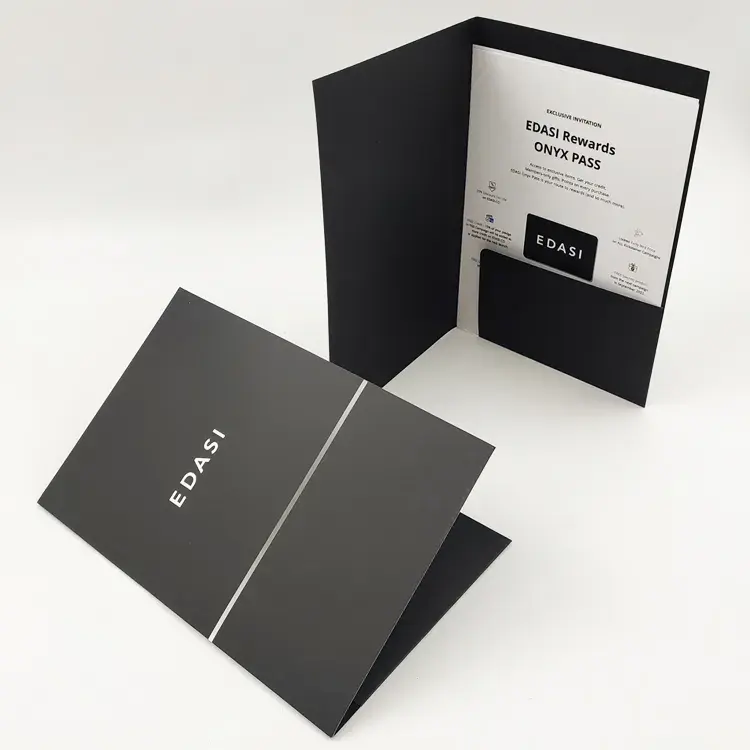

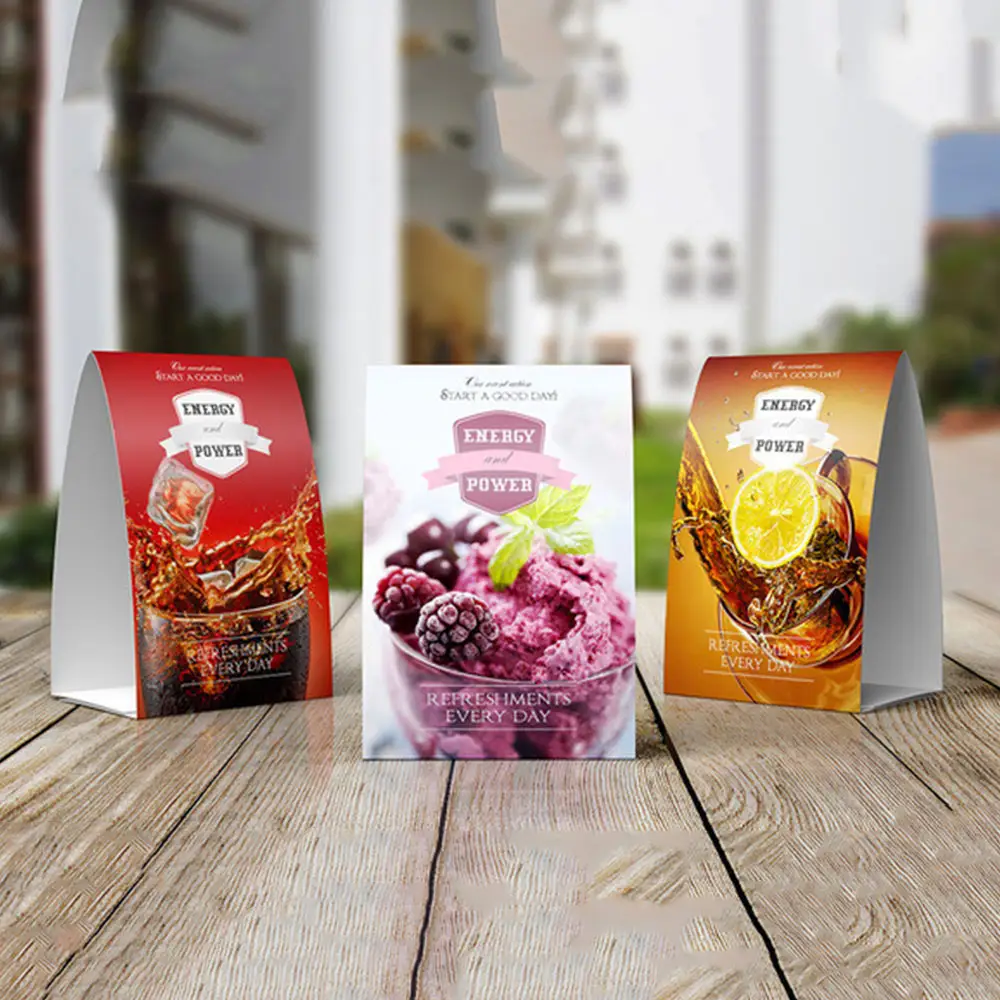


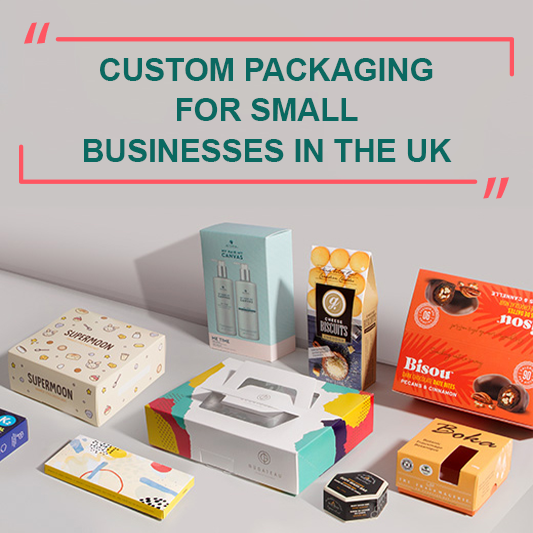
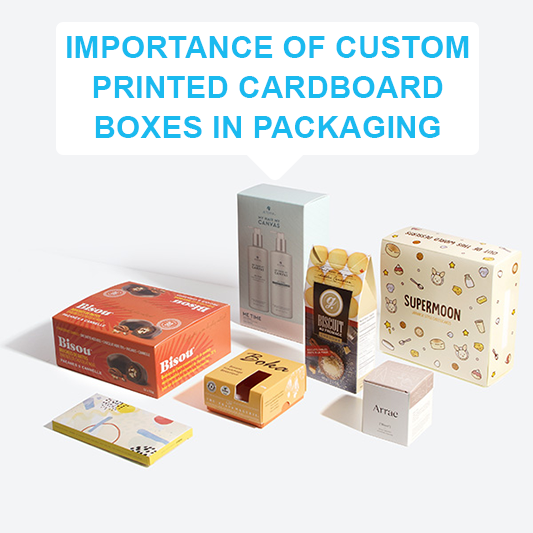
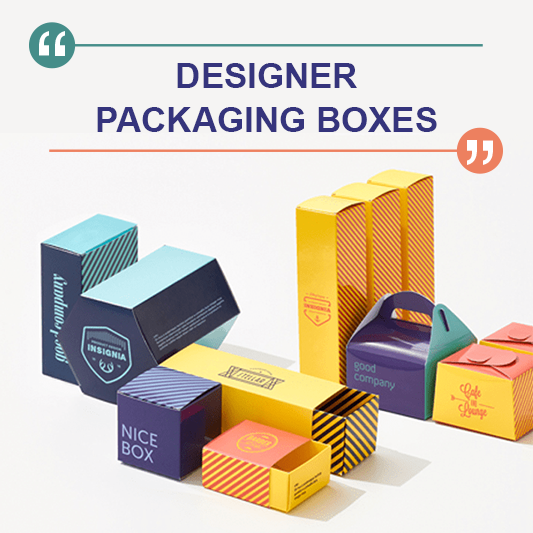
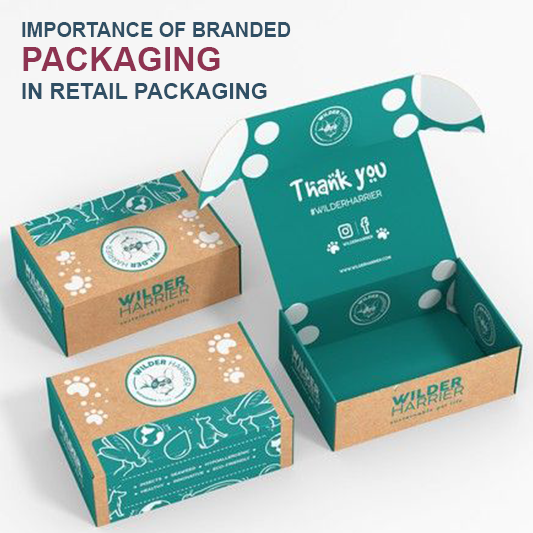
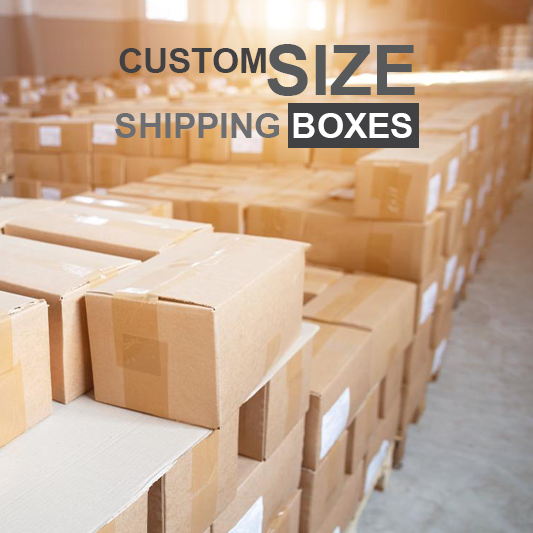
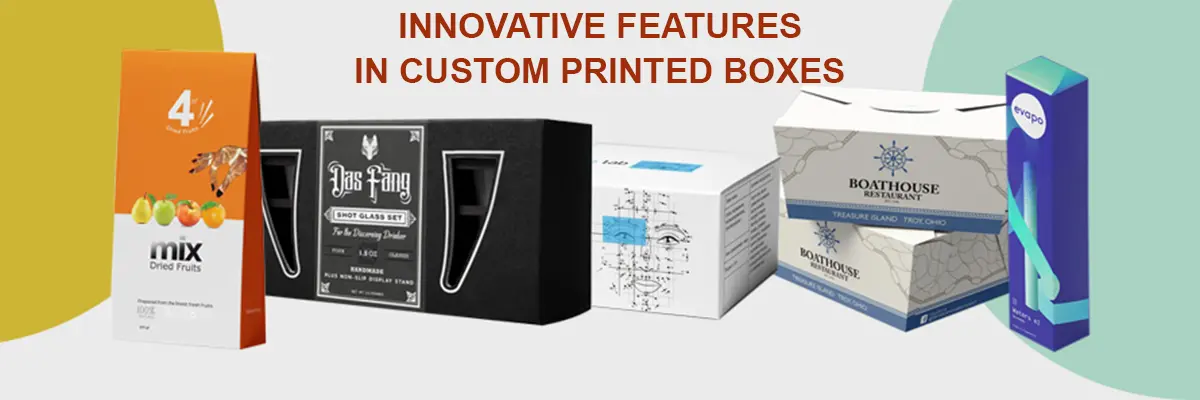

Your email address will not be published. Required fields are marked